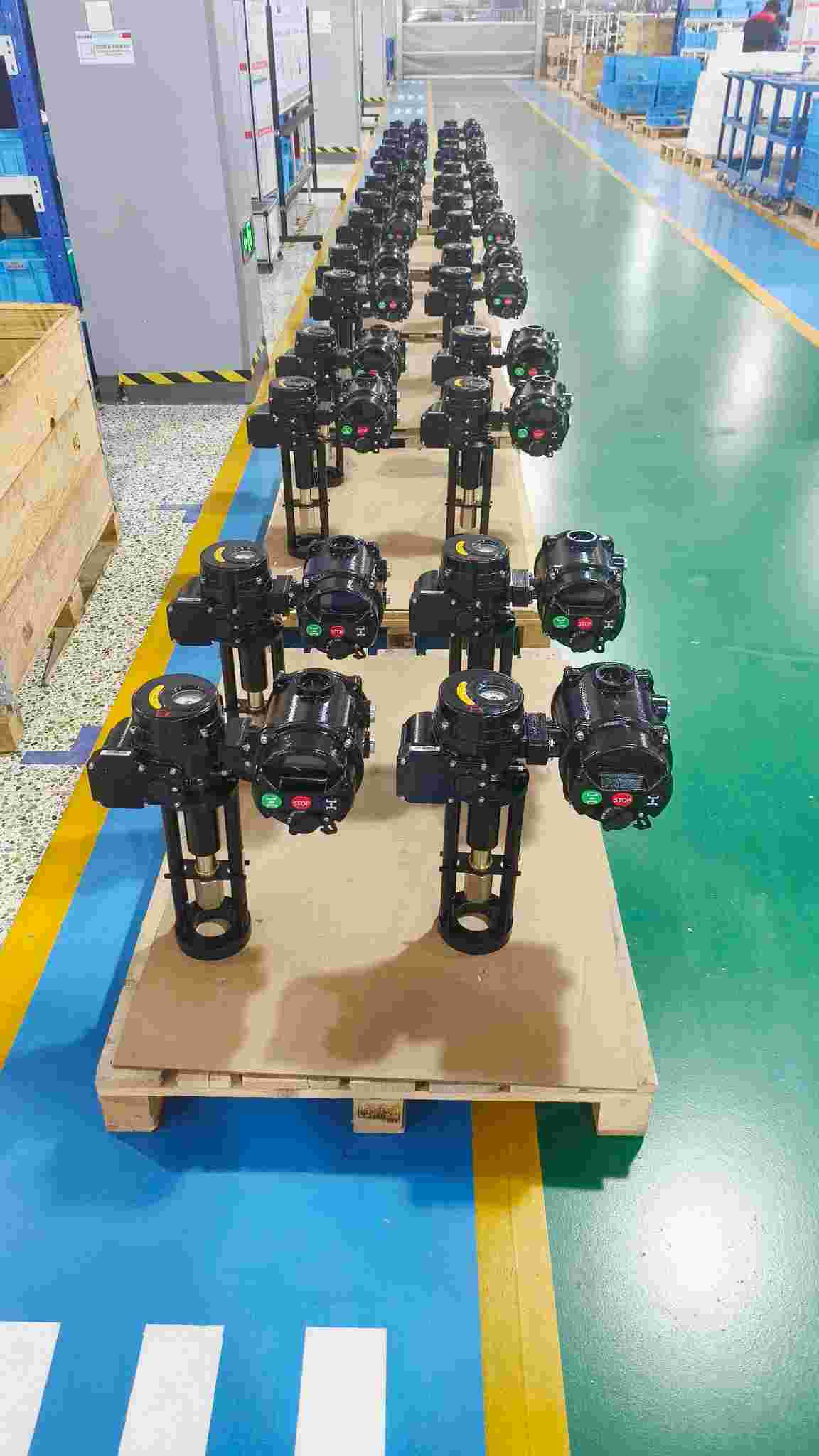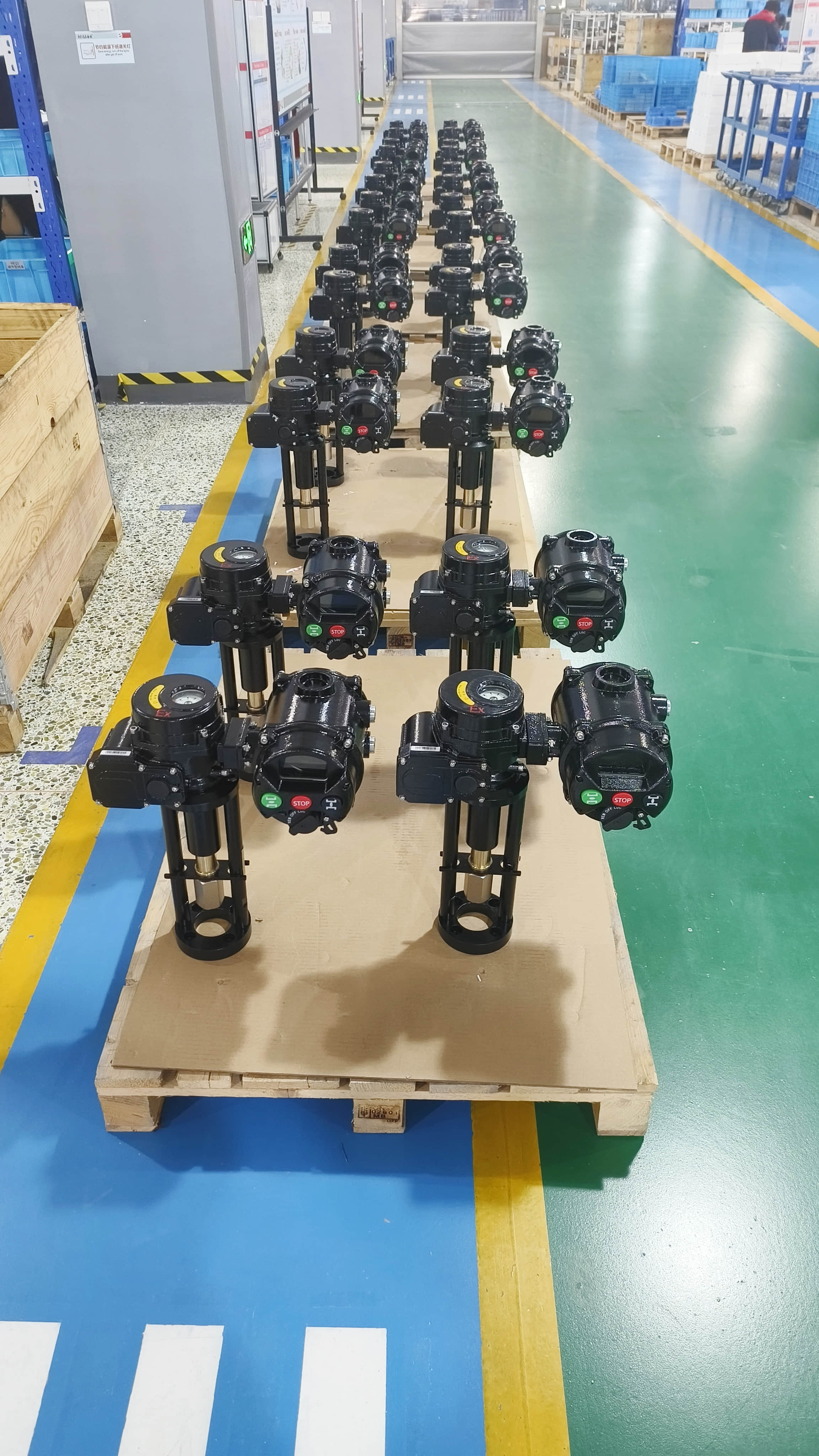
In the age of automation, the demand for smarter, more efficient systems is greater than ever before. One of the most significant advancements in this field is the development of Intelligent Integrated Actuators (IIAs), a technology that combines various elements of traditional actuators with smart capabilities. These actuators are rapidly becoming essential components in industries such as robotics, aerospace, manufacturing, and smart homes. By integrating sensors, controllers, and actuating elements into a single, compact unit, IIAs promise to revolutionize the way machines interact with their environments.
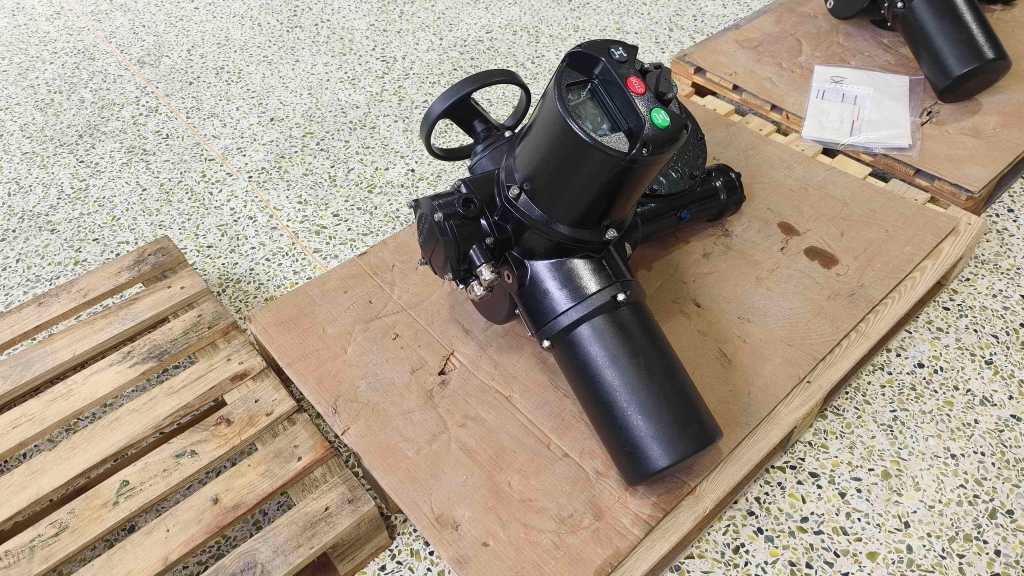
What is an Intelligent Integrated Actuator?
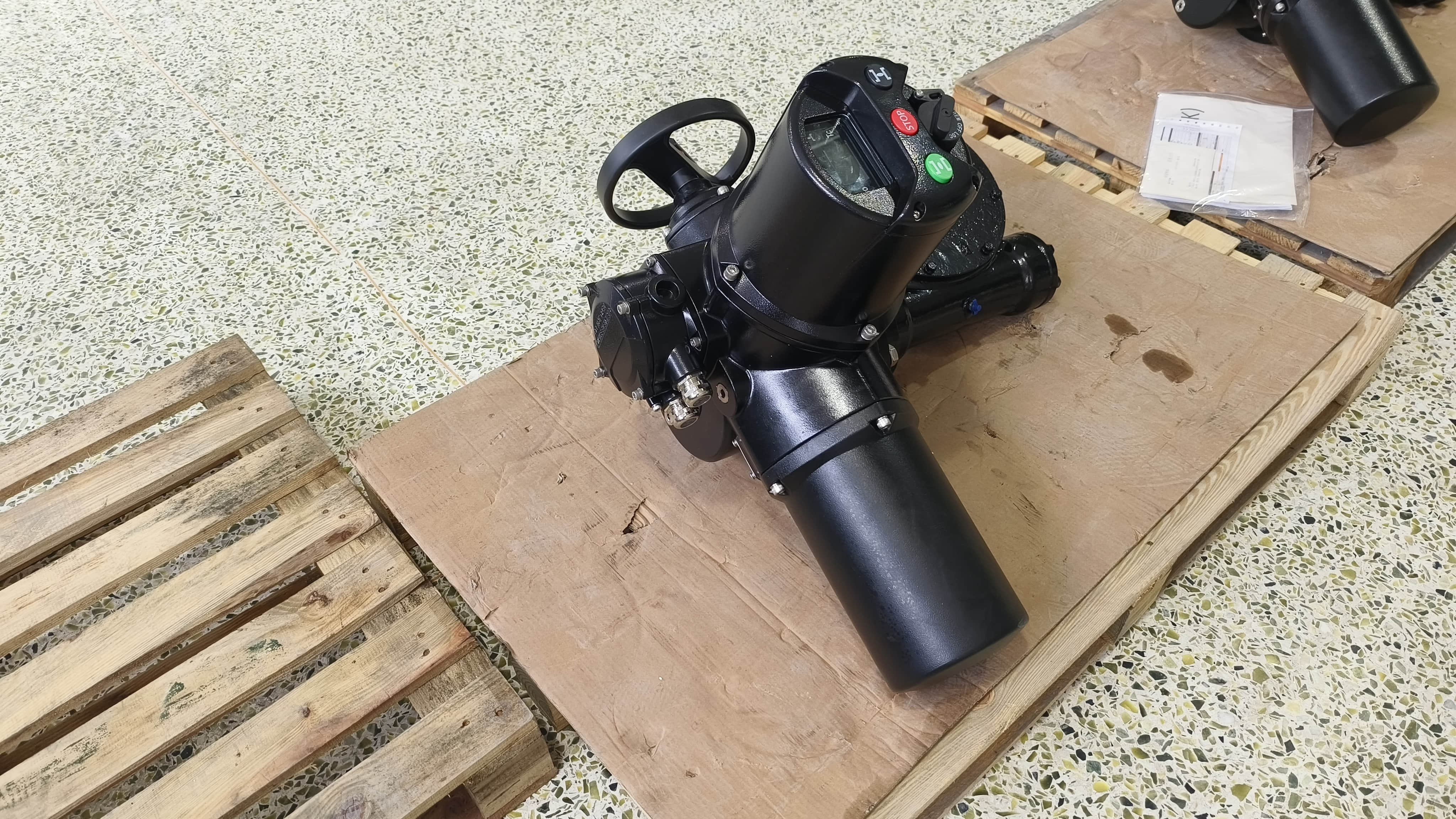
An Intelligent Integrated Actuator is a highly advanced form of actuator that goes beyond the traditional role of converting electrical, hydraulic, or pneumatic energy into mechanical motion. What sets IIAs apart is their ability to process data and respond to real-time feedback from their environment. This integration includes sensors that monitor various parameters such as temperature, force, position, and speed, alongside embedded controllers that make decisions based on that feedback. These actuators are designed to operate with minimal human intervention, making them ideal for use in complex systems where precision, reliability, and adaptability are crucial.
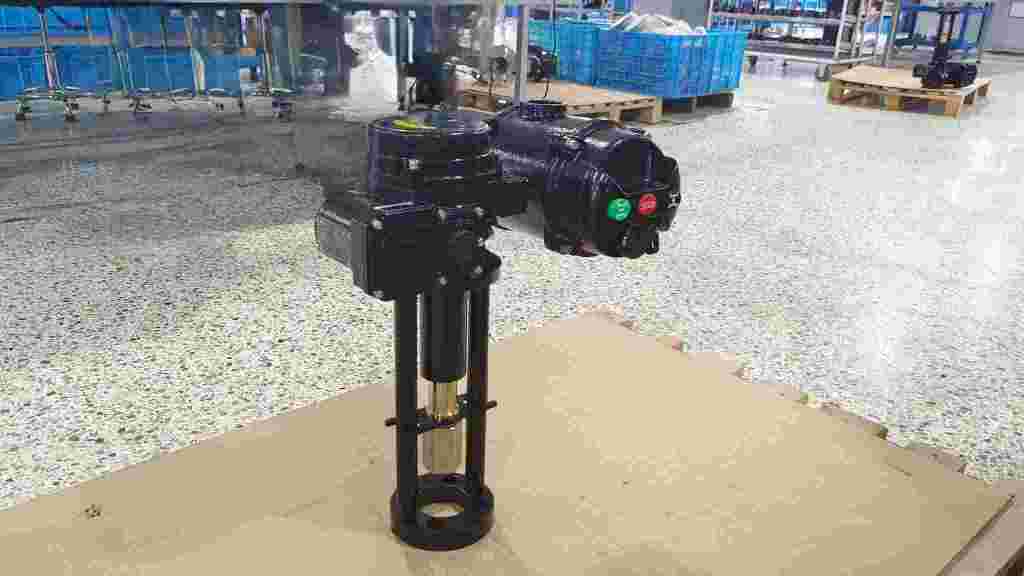
The core components of an IIA typically include:
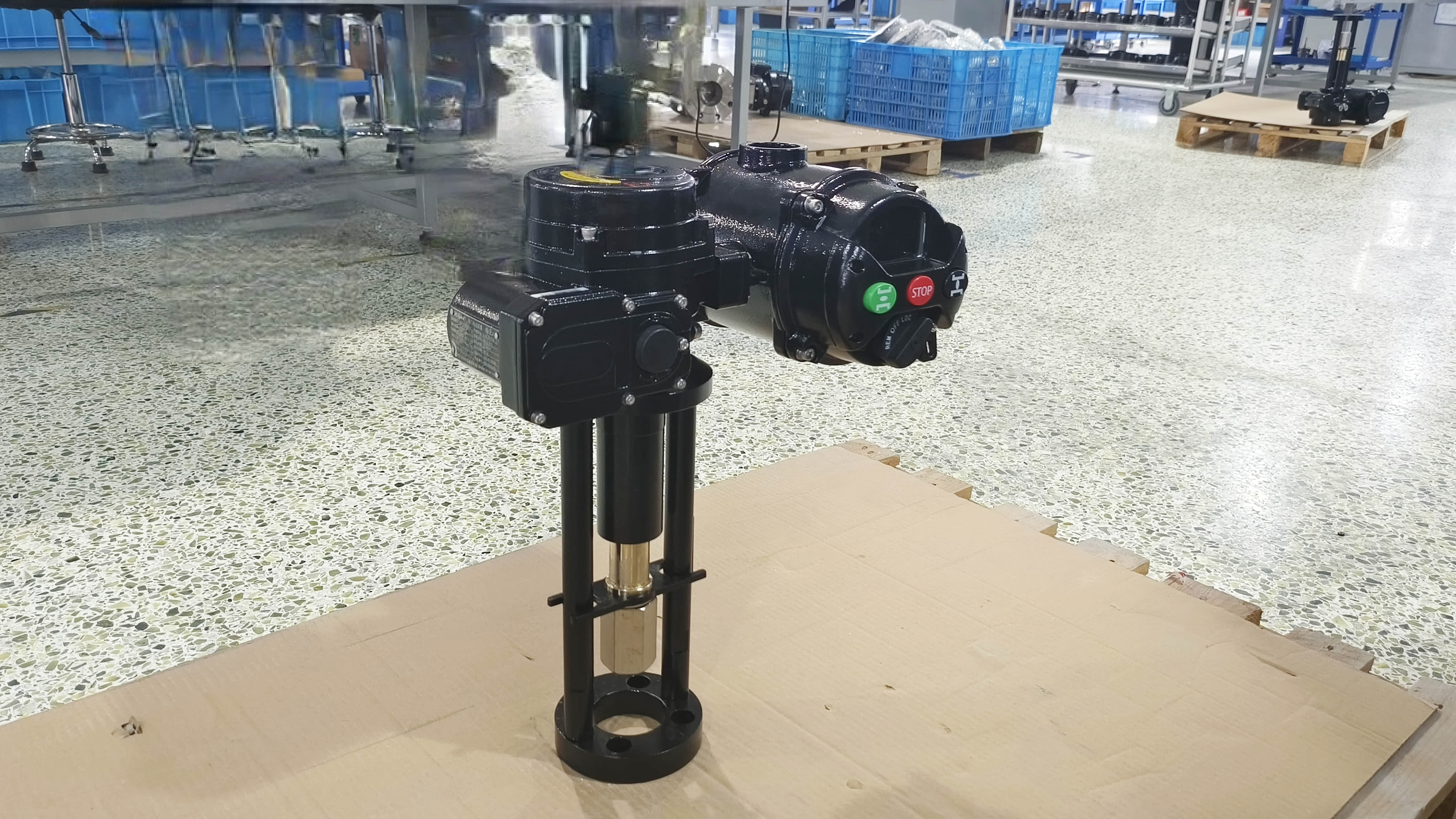
Sensors: These provide real-time data about the actuator's position, velocity, force, and environmental conditions. This feedback loop ensures that the actuator is always performing optimally.
